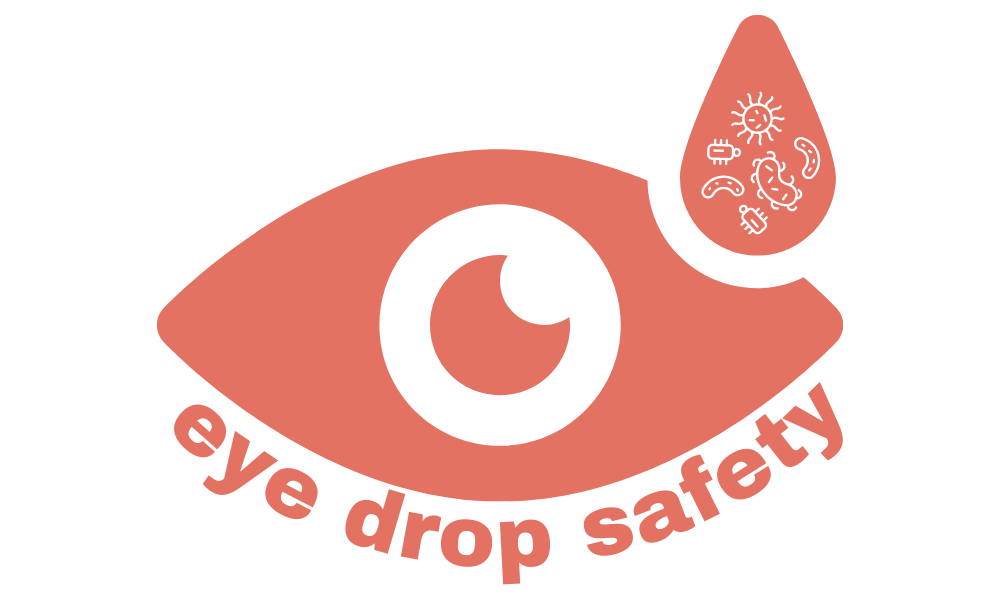DrB’s tips for safer eye drop shopping
IMPORTANT: The following are steps that can help identify suspicious eye drops. These steps cannot, however, ensure that what you are purchasing is safe. Over-the-counter eye drops are not reviewed or approved by the FDA, and OTC eye drops purchased online may not be in compliance with Federal law even if they are listed in the FDA’s drug database. Please read FAQ about Eye Drop Safety.
1. Who are you purchasing from?
Avoid unfamiliar sellers.
Purchase from the manufacturer or trusted, verified reseller.
On Amazon (or Walmart), always identify the seller. (Remember: Purchasing ON Amazon does not mean you are purchasing FROM Amazon.)
We strongly recommend against purchasing from e-commerce sites without US or Canadian contact information, including a valid phone number.
See DrB’s video for more tips.
DrB’s tips for Identifying sellers and avoiding clones
2. Is it listed on DailyMed?
Consumers should not purchase an eye drop that is not listed on DailyMed.
Even if the eye drop or eye ointment has excellent reviews and is described as being made (for example) “to the highest European standards,” if the product is not listed on DailyMed the seller is illegally importing it. There is no guarantee that the product(s) were maintained within the proper temperature range during transportation. The possibility also exists that the seller is dumping product which cannot be sold for some reason in the country of manufacture (e.g. too close to expiration).
CAREFUL: Looking up products on DailyMed is sometimes tricky. The listed name may or may not include the brand name. If you cannot find a product on DailyMed, use the Advanced Search to make sure it really isn’t there.
3. Is it preservative-free?
If so, check the packaging carefully.
Because the FDA does not review OTC Daily Med listings, companies which sell only through e-commerce can obtain Daily Med listings for their products and sell them even though those eye drops may be dangerous in some way. The greatest concern is that the eye drop requires preservative but does not contain preservative.
Consumers should never purchase a product advertised as “preservative free” unless it has a multi-dose preservative free dropper or is packaged in single-use vials. See the video for an explanation of different dropper types.
FAQs
-
DrB: This is the safest form of packaging. No need to switch. The rules say don't recap.
-
DrB: At the present time there is no reason to suspect manufacturing problems with single use vial products. No need to switch.
-
DrB: Read reviews to be sure the seller is not shipping a product that is close to its expiration date. Be sure that one end of the box is stamped with an expiration date. If you order more than one box, check each box individually for the expiration date. Be sure all the safety seals are intact. If the expiration date is less than 6 months away, the product has been stored for a substantial amount of time in potentially uncertain conditions (too hot, too cold). Send it back and find another seller.
-
DrB: This is what I use. MDPF droppers are expensive and are generally found on "brand name" products. If purchased on the internet, see above warnings about checking the expiration date.
-
DrB: Read the ingredient list and look for a preservative. Most likely you don't want a preservative which is why you are using this artificial tear, in the belief that it does not have a preservative. If there is no preservative, do not use this product! If there is preservative, the manufacturer is marketing in a deceptive fashion. Often the preservative is an inexpensive one such as benzalkonium chloride or EDTA. Do you really want to trust this company with your eyes?
-
DrB: Be very careful with the "compare to" products that are not marketed under the name of a national pharmacy chain. These are generally distributed by small companies, who may be buying the product from an overseas manufacturer and simply placing their label on the bottle and box. Very slight changes in formulation compared with the brand name product may significantly affect safety.
My advice: if the "ingredients" panel of the box is not legibly displayed in the internet listing, do not buy the product. If you cannot find a Daily Med listing for the product by searching under the distributor's name, do not buy the product (note the presence of a Daily Med listing is not a guarantee that this is a safe, regulation-compliant product). If you cannot clearly identify the preservative including the concentration, do not buy the product.


